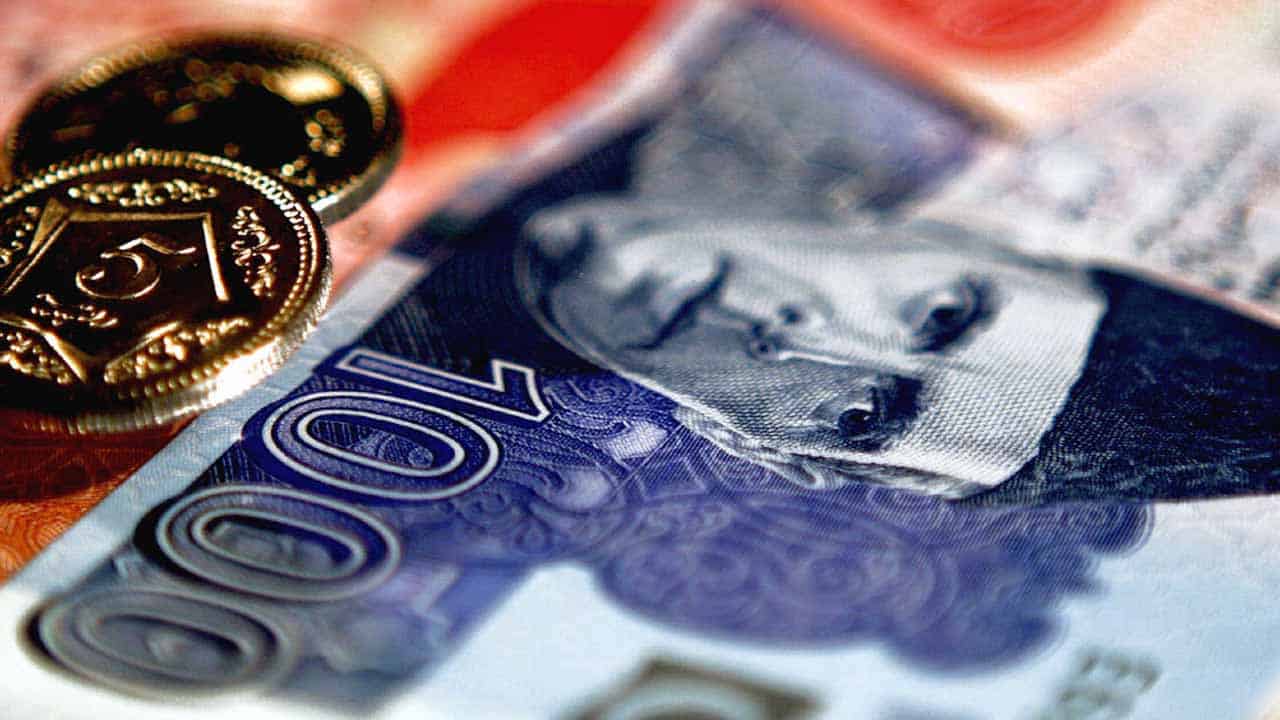The Pakistani rupee depreciated 0.02% against the US dollar during the first hours of trading in the interbank market on Wednesday.
Around 10:30 a.m., the rupee was trading at 287.20, or Re0.05 weaker.
However, in the open market, the US dollar was trading in the 308-310 range, according to several currency dealers, as the gap expanded owing to foreign currency shortage.
In the interbank market, the rupee fell for the fifth consecutive session versus the US dollar, finishing at 287.15, or 0.21% lower, on Tuesday.
In a significant achievement, Prime Minister Shehbaz Sharif directed the economic team to take real actions to generate revenue by widening the tax net.
The prime minister presided over a meeting on Tuesday to discuss budget preparation for the fiscal year 2023-24, and the meeting was informed that the budget for the next fiscal year will be submitted on June 9, 2023, following approval from the federal cabinet.
Globally, the US dollar stayed near a two-month high on Wednesday on safe-haven demand as talks to raise the US debt ceiling went on with no end in sight.
Treasury Secretary Janet Yellen cautioned that the federal government may not have enough money to pay all of its debts by June 1, increasing the danger of a devastating default.
Investors mostly avoided riskier investments as another round of borrowing limit talks between the White House and Republicans ended on Tuesday with no sign of a breakthrough.
The dollar index, which compares the US currency to six important rivals, was trading at 103.51 in early Asian hours, barely below the 103.65 two-month high reached overnight.
Oil prices, an important indicator of currency parity, rose more than $1 on Wednesday as US stocks and fuel supplies tightened and the Saudi energy minister’s warning to speculators heightened the potential of additional OPEC+ output cutbacks.












